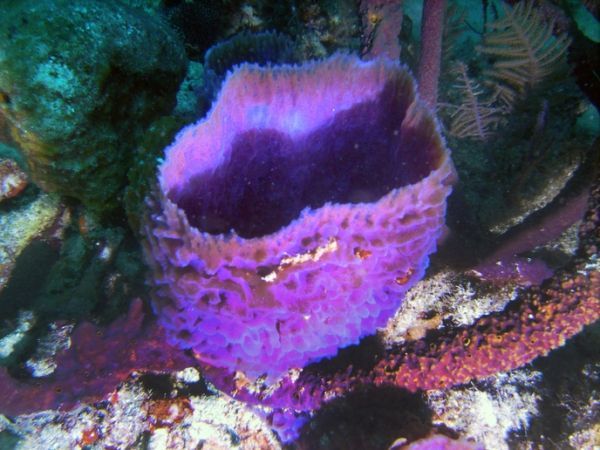CO2 emissions don’t just affect our atmosphere. According to some estimates, over a third of CO2 – one of the primary greenhouse gases – is absorbed by the oceans. The second-most abundant element in the Earth’s crust after oxygen, and part of sediments, minerals and rocks in the oceans, silicon is also found in dissolved form in seawater. Silica forms the skeleton structures of a variety of aquatic plankton, including many diatoms, photosynthetic algae found in marine and freshwater ecosystems. Dissolved silicon is necessary for the growth of many species of diatoms, which are among the key organisms involved in removing CO2 from the Earth’s atmosphere.
Partially supported by the EU-funded SponGES project, a team of scientists has shown that most of the silicon in the oceans comes from sea sponges, and not just from diatoms as previously thought. The findings were published in the journal ‘Nature Geoscience’.
During photosynthesis, diatoms turn CO2 into organic carbon and generate oxygen in the process. When they die, diatoms typically sink to the seafloor, taking carbon out of the surface waters and locking it into sediments below. The sinking of carbon and silica out of the surface ocean helps keep this atmospheric greenhouse gas in check. The dissolved silica is recycled and eventually upwelled for use again in the sunlit (euphotic) zone. How fast this cycle turns and how much silica is supplied for diatom growth will have implications for warming or cooling our climate.
Continue reading at CORDIS
Image via CORDIS


